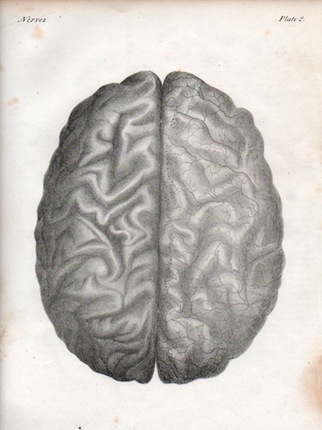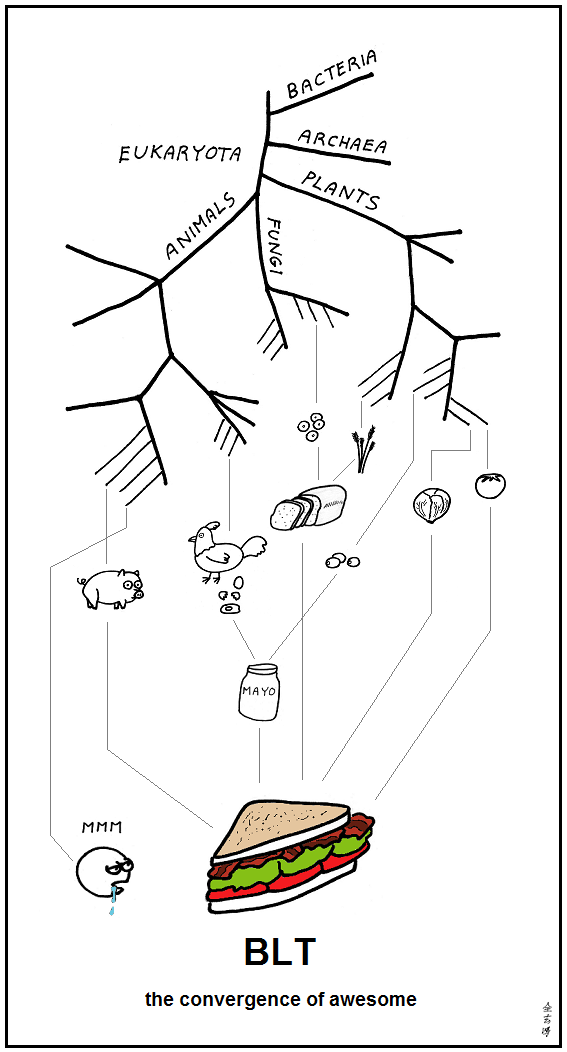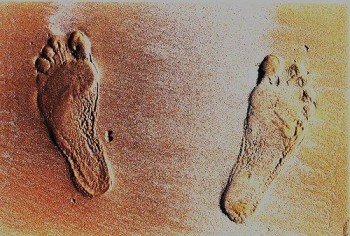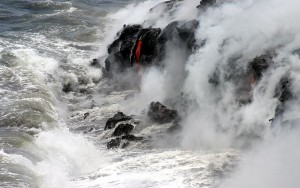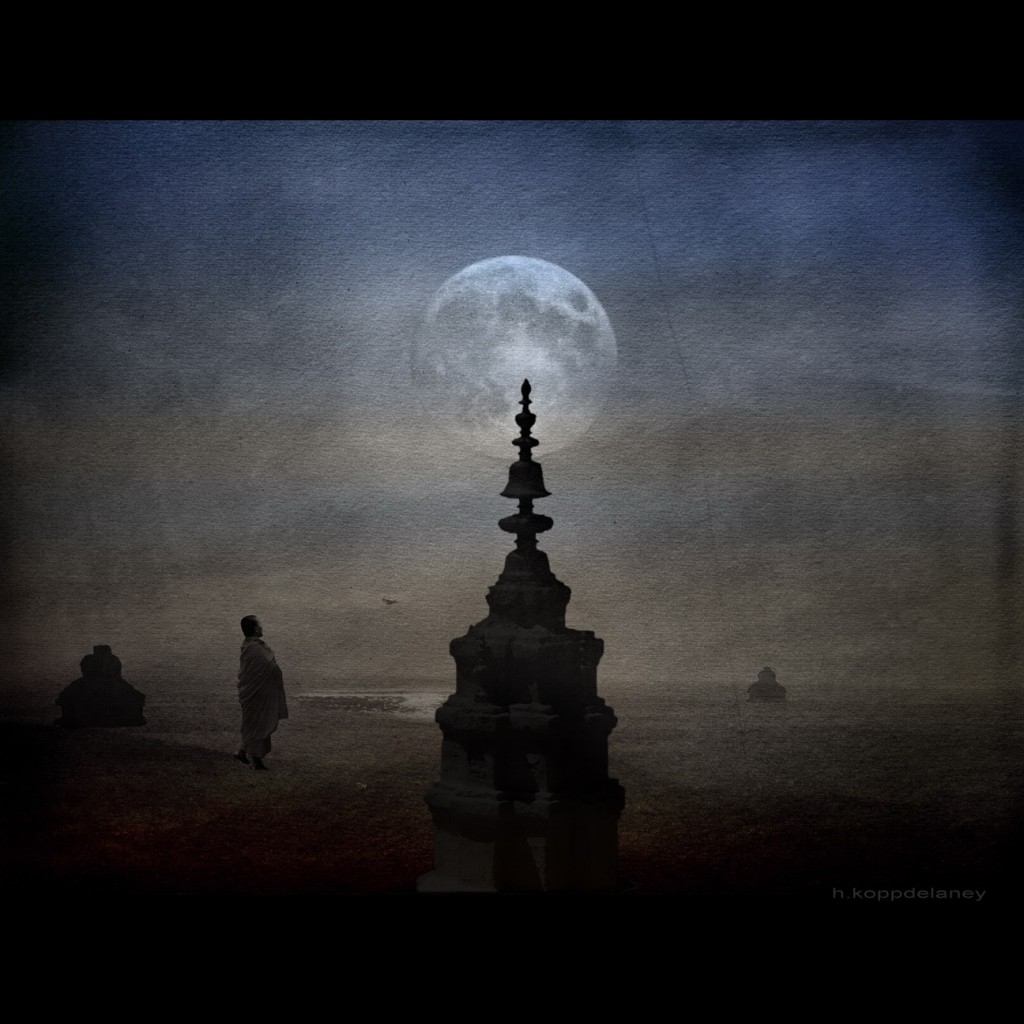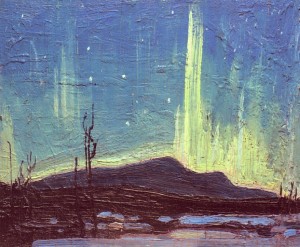(This post is the first in a three-part series. “Talking Universe Blues” will continue over the next two Fridays.)
 “Does gravity exist in other universes?”
“Does gravity exist in other universes?”
The question, I admit, stumped me. Did she—fourth row, on the aisle—mean that gravity might be leaking into our universe from a parallel universe? Unlikely. Her puzzled, perhaps lost, expression didn’t suggest that she was coming to the subject bearing an appreciation of brane theory. So, did she want to know whether gravity is universal in the sense that it would, by an extrapolation of the definition of “universal,” apply to other universes? Again, unlikely. Her tone didn’t suggest she was trying to tease out linguistic subtleties. No, something seemed to be missing from the equation—the one that always exists between the Q and the A during a Q&A session. On one side of the equation is the knowledge the questioner wants to acquire. On the other side is the knowledge I can (I hope) provide. In this case, though, something wasn’t adding up.
Think, Richard, think. What does she want to know?
What if what she wanted to know was exactly what she said she wanted to know: whether gravity exists in other universes? I couldn’t answer that question—an inability suggesting that what was missing from the equation was on the answer side, the A side: my side.
It happens. Someone asks a question, and I don’t know the answer. The answer exists; it’s just not in my brain. In which case I simply say, “I don’t know.”
But in this case, what was missing from the equation wasn’t only on the A side. The problem wasn’t that the answer wasn’t in my brain. It was that the answer doesn’t exist. Other universes are a matter of speculation, not knowledge. Yes, something was missing from the equation on the A side, but only because something was missing from the equation on the Q side—her side. I had to ask myself, I realized, not What does she want to know? but the more fundamental What does she know? Or, because I was looking for what was missing on her side of the equation: What does she not know?
Got it.
“Well,” I said, “we don’t even know if there are other universes.”
Continue reading →
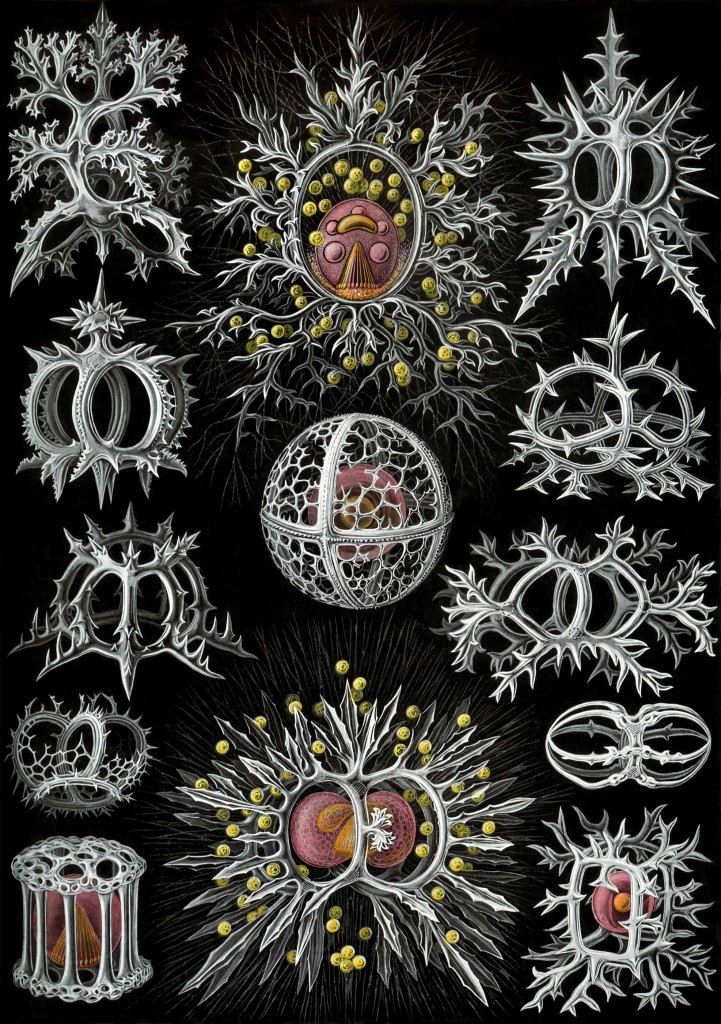 Let’s get this out of the way first: Ancient Alexandria, it’s not.
Let’s get this out of the way first: Ancient Alexandria, it’s not.